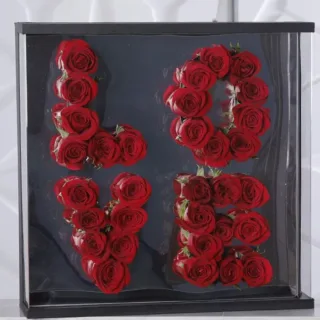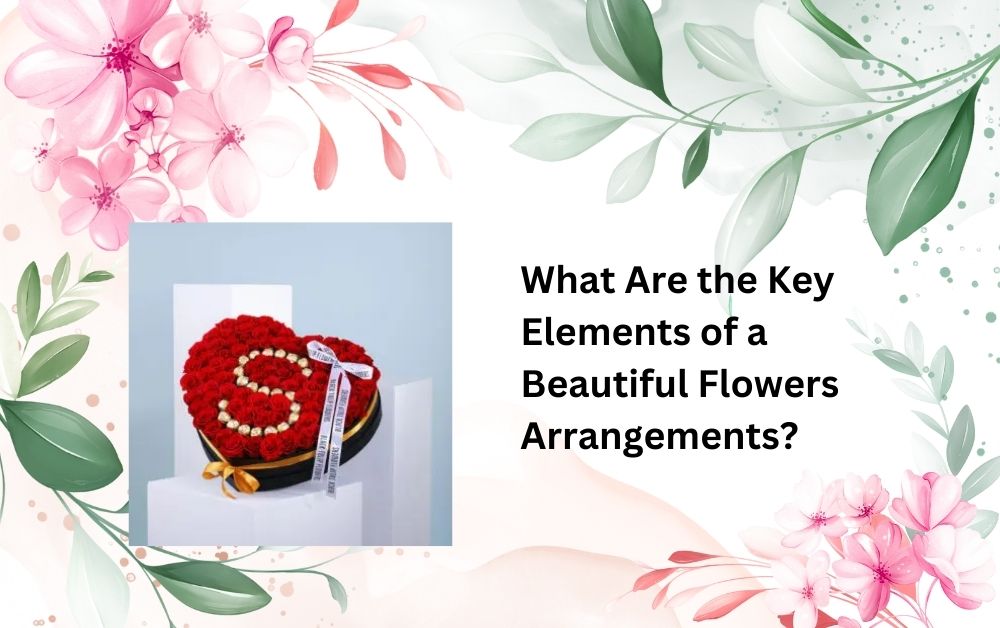Creating a beautiful flower arrangement can transform any space, bringing vibrancy and a breath of nature indoors. Whether you’re decorating for a special occasion or simply adding a touch of beauty to your daily life, understanding the key elements of flower arranging can elevate your creations from good to stunning. In this blog, we will explore the essential components that make up a beautiful floral display, ensuring that even beginners can craft eye-catching arrangements.
1. Choosing the Right Flowers
The first step in creating a stunning flowers arrangements is selecting the right flowers. This decision will set the tone and style for the entire arrangement.
Consider the Occasion
Think about the event or the setting where the arrangement will be placed. For example, bright and colorful blooms might be perfect for a birthday celebration, while more subdued, elegant flowers might suit a formal dinner.
Mix Colors and Textures
To create visual interest, mix different colors and textures. Combine soft, delicate flowers like peonies with more textured varieties like thistles or spiky dahlias. This contrast will make your arrangement more dynamic and appealing.
Use Seasonal Flowers
Using flowers that are in season not only ensures that they are at their freshest and most affordable but also connects the arrangement with the time of year. For instance, daffodils and tulips are perfect in spring, while sunflowers and marigolds are great in summer.
2. Understanding the Structure of the Arrangement
The structure of your flower arrangement is like the skeleton of your creation. It provides the foundation and shape.
Start with a Focal Point
Every arrangement needs a focal point or a ‘hero’ flower that catches the eye first. This flower should be something bold and beautiful, positioned slightly off-center for a natural look.
Create Balance
Balance is key in flower arranging. This doesn’t always mean symmetry; rather, it means creating an arrangement that doesn’t feel too heavy on one side. You can achieve this by varying the height and spread of your flowers.
Consider the Height and Scale
The size of your arrangement should match its container and the space where it will be displayed. A tall, dramatic arrangement might be stunning on a large dining table, while a smaller, compact bouquet would be better suited to a bedside table.
3. The Right Container for Your Flowers
The container you choose for your flowers is just as important as the blooms themselves. It should complement the arrangement and fit the style and color scheme.
Match the Container to the Style
Choose a vase or container that matches the style of your arrangement. For example, a rustic bouquet might look best in a wooden box or a simple clay pot, while a more modern arrangement would suit a sleek glass vase.
Consider Functionality
Make sure your container is the right size to hold your flowers comfortably and provide enough water. It should also be stable enough to support the arrangement without tipping over.
4. Adding Foliage and Fillers
Foliage and filler flowers play an essential role in complementing the main blooms and filling out the arrangement.
Use Greenery
Greenery adds depth and richness to an arrangement. It helps to fill gaps and provides a backdrop that makes the colors of the flowers pop. Think about using different types of leaves and branches to add texture.
Incorporate Fillers
Filler flowers are smaller and often used to add detail and interest to an arrangement. Flowers like baby’s breath, lavender, and small daisies are perfect for softening the look and filling in any sparse areas.
5. Techniques for Arrangement
The way you put together your flowers can make a big difference in the final look. Knowing a few basic techniques can help you create more polished and professional-looking arrangements.
Use Floral Foam
Floral foam, soaked in water, can be a helpful tool for creating intricate arrangements. It holds flowers in place and provides them with water, helping your arrangement last longer.
Practice Layering
Layer your flowers and foliage at different heights and depths to create a full, lush look. Start with your taller and larger-scale flowers and work down to the smaller ones and the fillers.
Adjust and Prune
Don’t be afraid to trim your flowers to different lengths to suit your arrangement. Removing extra leaves or shortening stems can help you achieve the look you want and ensure all flowers get enough water.
6. Maintenance Tips for Long-Lasting Beauty

To keep your flower arrangement looking fresh and beautiful for as long as possible, follow these maintenance tips.
Change the Water Regularly
Fresh water is essential for keeping flowers alive. Change the water in your vase every two days to prevent bacteria from building up.
Use Flower Food
If your flowers come with a packet of flower food, use it. It can really help to extend the life of your blooms. You can also make your own by mixing a little sugar and bleach into the water.
Keep Away from Direct Sunlight
Direct sunlight can cause flowers to wilt quickly. Keep your arrangement in a cool spot away from direct heat and sunlight to help it last longer.
Conclusion
Creating beautiful flower arrangements is an art that combines creativity with an understanding of balance, structure, and style. By choosing the right flowers, understanding the importance of structure, selecting an appropriate container, using fillers and foliage effectively, mastering basic arranging techniques, and maintaining your arrangement carefully, you can create stunning floral displays that will brighten any space and occasion. Whether you’re a beginner or looking to polish your skills, these tips will help you craft truly captivating arrangements.
Note:- For more articles visit on insighthubster.
